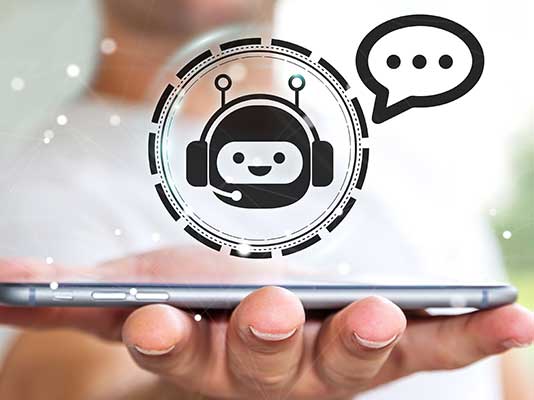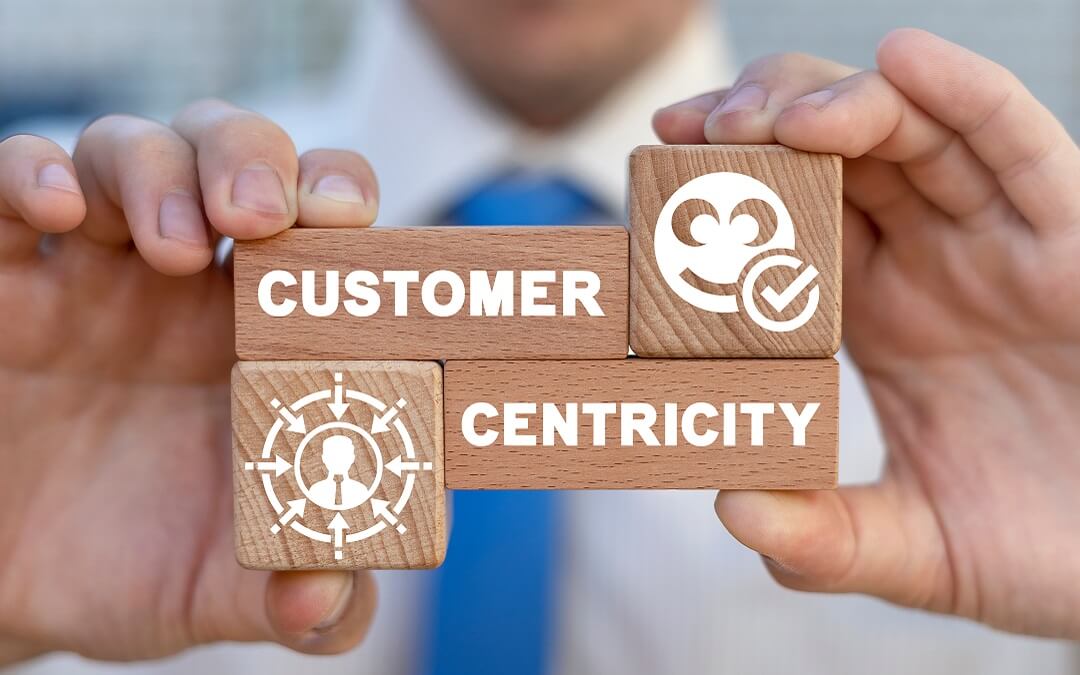- Customer Experience
- Uploaded In: 2023
How chatbots are the new age bridge between digital customers and businesses
The world has seen how conventional business models, disrupted by the pandemic, made organisations rethink customer service strategies. Given this parlance, we have noticed a significant upgrade in the efficiency of chatbots. Smarter and more contextual, chatbots are catering to today's growing population of digital customers.
Chatbot spending on the rise for customer interactions
Research shows that approximately 1.4 billion digital customers frequently use chatbots. According to Insider Intelligence, consumer retail spending via chatbots is expected to reach $142 billion by 2024, up from $2.8 billion in 2019.
Reducing human intervention in providing solutions
Increase in online consumer traffic and growing demands for accurate responses, businesses would need to upgrade or replace conventional chatbots with limited automated response capabilities. Changing customer expectations have prompted businesses to deploy conversational AI infrastructure to provide end-to-end solutions without human intervention. For instance, we have seen how Natural Language Processing (NLP) has transformed how chatbots work, and as technology progresses, chatbots are only getting more accurate, intuitive, and self-contained.
NLP has been used to help chatbots improve their text and speech abilities. The longer a bot interacts with customers, the more accurate, sentient, and conversational it grows, perfecting its capacity to understand and respond to customer sentiment. These NLP-assisted and voice-based chatbots could significantly personalise the customer experience and enhance confidence in digital channels.
Likewise, designing geography-based, multilingual services will assist companies in deploying conversational bots, especially in countries like India, where smaller regional markets currently present a significant opportunity. HDFC Bank's chatbot Eva, for example, had a substantial increase in usage after it became bilingual in 2019.

CASE STUDY
In the travel sector, VFS Global's ViVA, the first-ever AI-powered visa services chatbot, can handle many visa application-related queries such as visa categories, rules and regulations, contact information, payment procedures, and optional services.
The artificial intelligence-powered chatbot helps visa applicants with queries related to the visa application process such as visa categories, rules and regulations, contact information and payment procedures. It can handle 10,000 inquiries per second 24/7, or 864 million in a day, significantly reducing the turnaround time of applicant queries. For E-Visa's, ViVA has cut the time required to complete an application by more than 50% using AI.
Chatbots and internal communication
Chatbots are also transforming employee communication across organisations. For instance, at VFS Global, learnings from the pandemic prompted us to rethink and augment the capabilities of an HR Chatbot in the wake of a new hybrid work model that emerged in the new normal. While the core purpose is to reinforce organisational culture, the advanced chatbots would enable more personalised interactions by integrating different tools or systems used in the HR function. They will handle multiple and diverse use cases for engagement across all types of functions Considering that a large section of the workforce continues to operate remotely, we aim to create a single, convenient access point for all HR-related queries, ensuring prompt responses.
This is how technology can help in mitigating employee anxieties and foster compassion. From an organisational efficiency point of view, the innovation will automate HR tasks and workflows by reducing human involvement and costs. The success has inspired us to leverage the benefits of chatbots for other functions.
Even though corporate operations slowed temporarily, COVID-19 functioned as a catalyst for adopting chatbot technology. The need for chatbots will continue to grow as firms seek to improve resource, cost, and time efficiency. Most of today's chatbots are still in the early stages of development. Companies should focus on building technology that strengthens and smooths the experience of engaging with conversational AI, allowing customers to seamlessly switch from person to bot without noticing.
If you have any feedback on this article or would like to reach out to our team to know more, please email us at
communications@vfsglobal.com




